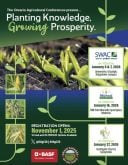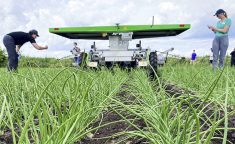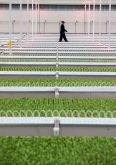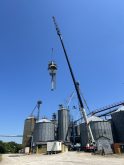Crop protection information from the Ontario Ministry of Agriculture, Food and Rural Affairs is now digitally available through the Ontario Crop Protection Hub.
Historically, crop protection information has been provided by the ministry via printed publications. The move to digitize data and other information contained within decades worth of hard materials — 13 print publications averaging 200 pages each — is intended to better support grower access to timely weed control, crop management and product information.
Why it matters: The private sector has outpaced the agriculture department in access to digital information.
Read Also
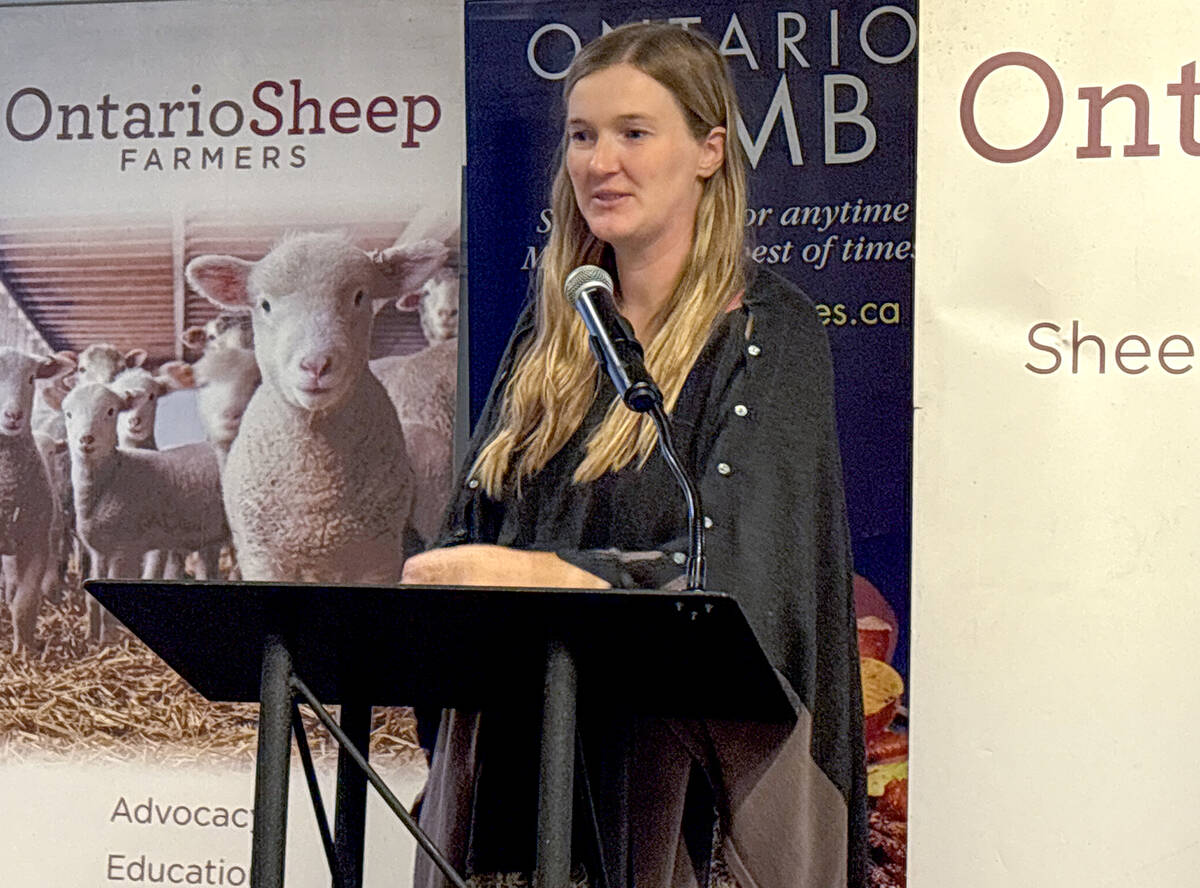
Footflats Farm recognized with Ontario Sheep Farmers’ DLF Pasture Award
Gayla Bonham-Carter and Scott Bade, of Footflats Farm, win the Ontario Sheep Farmers’ 2025 DLF Ontario Pasture Award for their pasture management and strategies to maximize production per acre.
Efforts are ongoing to bring ministry resources online in a convenient, searchable form.
Government representatives say the new online tool also allows customized searches for specific agronomic needs.
“We know from user feedback that this new tool does certain tasks much better than a print publication could ever do. For example, if someone is looking to control a specific spectrum of weeds in a crop, the digital tool can rank solutions based on their effectiveness.
“This is valuable information which would be difficult to do with our printed publications,” reads an email response provided by the ministry’s media relations department.
“The Hub also offers producers expanded content that may not have been offered in print. We continue to gather feedback and will make updates as needed to ensure that this new tool is effective for Ontario’s producers.”
The crop protection hub was developed by Zengenti, a software development and management company based in the United Kingdom. A press release from the company says the next steps include allowing data to be “downloaded and saved on the browser until it refreshes.”
This will allow access when internet connection is not available.
Deb Campbell, agronomist and owner of Dundalk-based Agronomy Advantage, says the move is positive but not profound.
Tools like those now offered by the ministry already exist. Campbell estimates OMAFRA is about a decade behind private players in the farm sector. In her work, these pre-existing tools are a quick way to consult product labels or investigate tank mixes, control options, and how they compare.
“That I do find quite handy, if you’re looking for the best possible option,” says Campbell, adding that other department resources continue to lag in modernization.
“There was a big announcement and move to digitize soil maps. We still have the 1940 PDF or paper copy [from OMAFRA], whereas many private enterprises have already digitized these themselves … You can look up a piece of land and know what soil type your standing on.”






